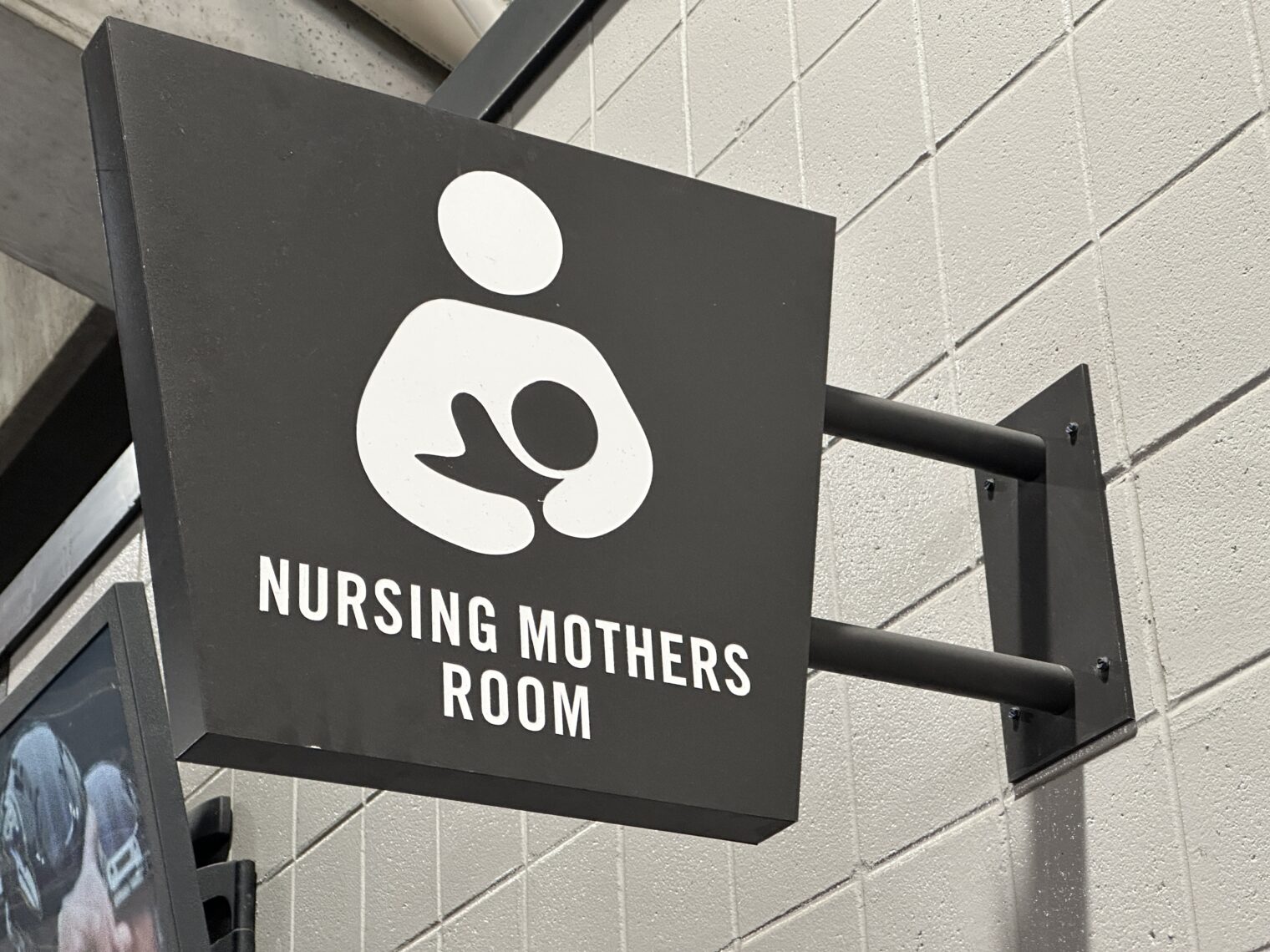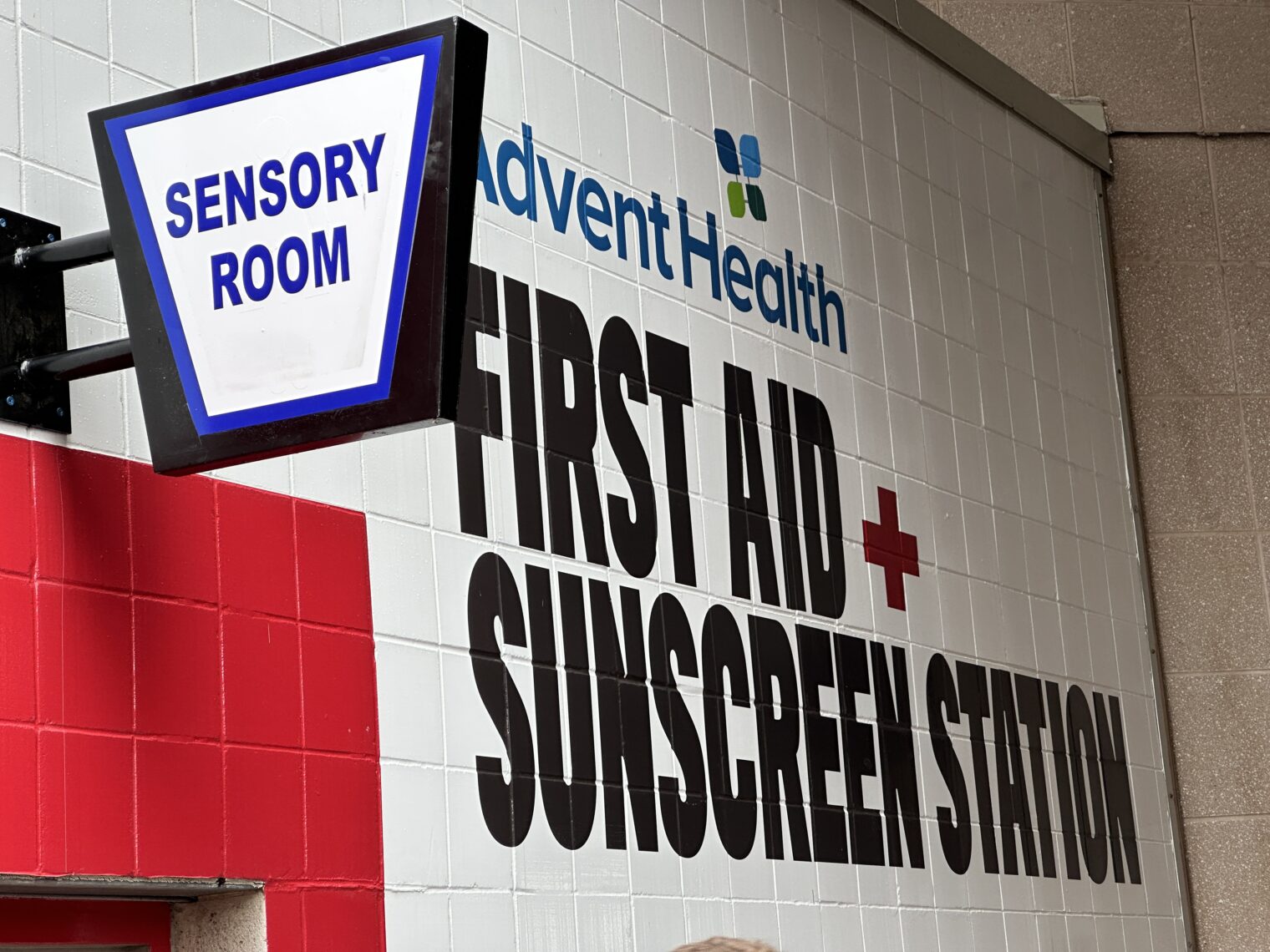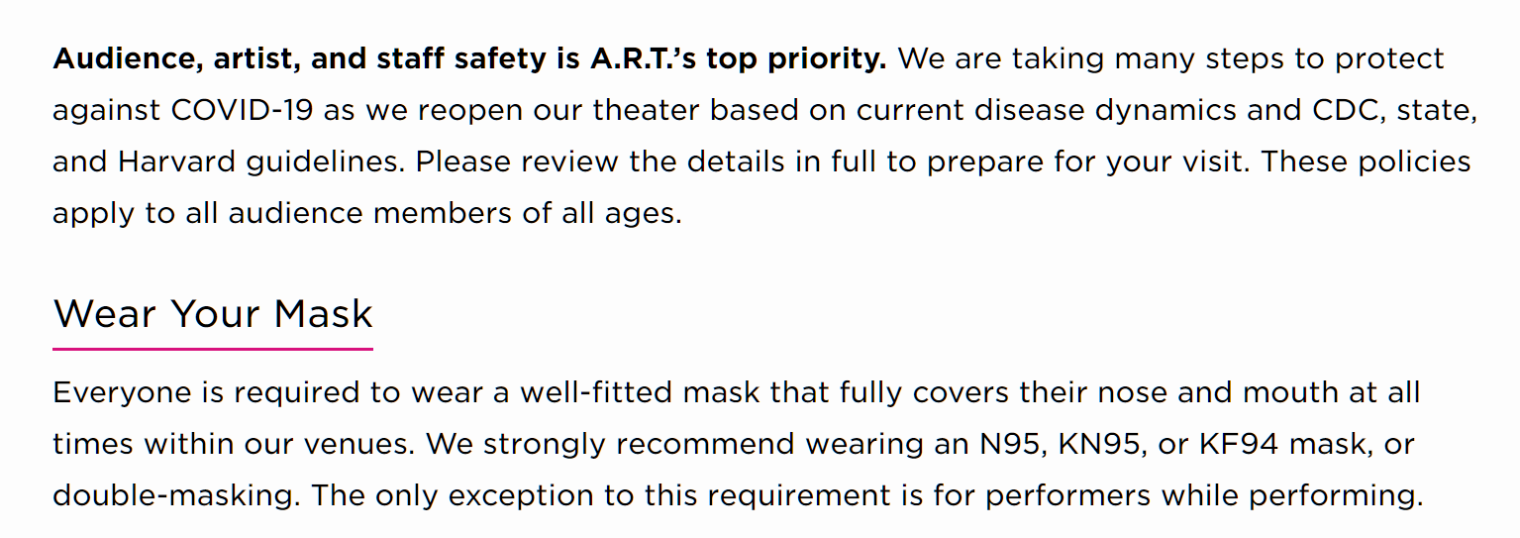It’s Friday the 13th, an unlucky day. Let’s talk about an unlucky human experience: war. For some potentially relevant background on the current war in Ukraine, I decided to read Keegan’s The First World War.
How can a 100-year-old war be relevant to anything that is happening today? The author says that World War I is highly relevant to World War II:
… no explanation of the causes of the Second World War can stand without reference to those roots. The Second World War, five times more destructive of human life and incalculably more costly in material terms, was the direct outcome of the First. On 18 September 1922, Adolf Hitler, the demobilised front fighter, threw down a challenge to defeated Germany that he would realise seventeen years later: “It cannot be that two million Germans should have fallen in vain … No, we do not pardon, we demand—vengeance!”
(for those who aren’t familiar with Adolf Hitler, he was the Donald Trump of his day)
Just as the Ukraine war arrived in a Europe that was not mentally prepared for the idea, so did World War I:
In 1939 the apprehension of war was strong, so was its menace, so, too, was knowledge of its reality. In 1914, by contrast, war came, out of a cloudless sky, to populations which knew almost nothing of it and had been raised to doubt that it could ever again trouble their continent.
Just as folks who’ve started wars recently have been overly optimistic about the timeline and the results (the U.S. being a notable example going back to Vietnam), the Germans had a detailed plan in which the war would be won within about 40 days:
“It is the thirty-fifth day,” the Kaiser exulted to a delegation of ministers to his Luxembourg headquarters on 4 September, “we are besieging Rheims, we are thirty miles from Paris.”94 The thirty-fifth day had an acute significance to the German General Staff of 1914. It lay halfway between the thirty-first day since mobilisation, when a map drawn by Schlieffen himself showed the German armies poised on the Somme to begin their descent on Paris, and the fortieth, when his calculations determined that there would have been a decisive battle.95 That battle’s outcome was critical. Schlieffen, and his successors, had calculated that the deficiencies of the Russian railways would ensure that not until the fortieth day would the Tsar’s armies be assembled in sufficient strength to launch an offensive in the east. Between the thirty-fifth and the fortieth day, therefore, the outcome of the war was to be decided.
Russia got off to a bad start in World War I, but ramped up eventually:
Russia, despite the terrible fatalities of 1914–15 and the large loss of soldiers to captivity after Gorlice-Tarnow, had been able to fill the gaps with new conscripts, so that by the spring of 1916 it would have two million men in the field army. Almost all, moreover, would be properly equipped, thanks to a striking expansion of Russian industry. Engineering output increased fourfold between the last year of peace and 1916, chemical output, essential to shell-filling, doubled. As a result there was a 2,000 per cent increase in the production of shells, 1,000 per cent in that of artillery, 1,100 per cent in that of rifles. Output of the standard field-artillery shell had risen from 358,000 per month in January 1915 to 1,512,000 in November. The Russian armies would in future attack with a thousand rounds of shell available per gun, a stock equivalent to that current in the German and French armies, and its formations were acquiring plentiful quantities of all the other equipment—trucks, telephones and aircraft (as many as 222 per month)—essential to modern armies.
Then as now a respiratory virus was an important consideration:
The German inability to sustain pressure was also hampered by the first outbreak of the so-called “Spanish” influenza, in fact a worldwide epidemic originating in South Africa, which was to recur in the autumn with devastating effects in Europe but in June laid low nearly half a million German soldiers whose resistance, depressed by poor diet, was far lower than that of the well-fed Allied troops in the trenches opposite.
(The book was written at the end of the 1990s. Science then said that the flu originated in South Africa. Wikipedia today says that Science has narrowed things down to just three possibilities for the origin of the influenza that was so much more lethal than SARS-CoV-2: the U.S., Europe, and China.)
The author, writing in the 1990s, might have been a little too optimistic about Europe!
The legacy of the war’s political outcome scarcely bears contemplation: Europe ruined as a centre of world civilisation, Christian kingdoms transformed through defeat into godless tyrannies, Bolshevik or Nazi, the superficial difference between their ideologies counting not at all in their cruelty to common and decent folk. All that was worst in the century which the First World War had opened, the deliberate starvation of peasant enemies of the people by provinces, the extermination of racial outcasts, the persecution of ideology’s intellectual and cultural hate-objects, the massacre of ethnic minorities, the extinction of small national sovereignties, the destruction of parliaments and the elevation of commissars, gauleiters and warlords to power over voiceless millions, had its origins in the chaos it left behind. Of that, at the end of the century, little thankfully is left. Europe is once again, as it was in 1900, prosperous, peaceful and a power for good in the world.
The author hatefully says that diversity is not anyone’s strength and, in fact, is a huge threat to political stability.
The liberation of the peoples of Eastern Europe from the imperial rule of German-speaking dynasties, Hohenzollern or Habsburg, brought equally little tranquillity to the successor states they founded. None of them—Poland, Czechoslovakia, the Kingdom of the Serbs, Croats and Slovenes or, as it became known in 1929, Yugoslavia—emerged into independence with sufficient homogeneity to undertake a settled political life.
According to one of the foremost historians of the past 100 years, a country with a mixture of ethnicities and religions will eventually become too weak to defend itself:
Czechoslovakia’s inheritance from the Habsburgs of another German minority in the Sudetenland equally robbed the new state of ethnic equilibrium, with fatal consequences for its integrity in 1938. Yugoslavia’s unequal racial composition might have been brought into balance with good will; as events turned out, the determination of the Orthodox Christian Serbs to dominate, particularly over the Catholic Croats, undermined its coherence from an early date. Internal antipathies were to rob it of the power to resist Italian and German attack in 1941.
Even one of the world’s best historians can’t figure out the “War, what is it good for?” question:
But then the First World War is a mystery. Its origins are mysterious. So is its course. Why did a prosperous continent, at the height of its success as a source and agent of global wealth and power and at one of the peaks of its intellectual and cultural achievement, choose to risk all it had won for itself and all it offered to the world in the lottery of a vicious and local internecine conflict? Why, when the hope of bringing the conflict to a quick and decisive conclusion was everywhere dashed to the ground within months of its outbreak, did the combatants decide nevertheless to persist in their military effort, to mobilise for total war and eventually to commit the totality of their young manhood to mutual and existentially pointless slaughter?
Do I recommend the book? Not as a way of understanding the action of the World War I. There are so many battles that I think that story of the war needs to be presented as a video animation with voiceover to explain which armies are moving and why. Nobody has sufficient memory plus spatial thinking skills to follow a text narrative of the entire war. Here’s how the grand 40-day plan to beat France is presented in the Windows Kindle app:
Clear as mud! Still, the book has a lot of interesting and surprising facts. Mostly, the reader is left amazed that so many people sacrificed their lives for nothing. See, for example, “Britain entering first world war was ‘biggest error in modern history” (The Guardian):
Ferguson is unequivocal: “We should not think of this as some great victory or dreadful crime, but more as the biggest error in modern history.”
He continued: “The cost, let me emphasise, of the first world war to Britain was catastrophic, and it left the British empire at the end of it all in a much weakened state … It had accumulated a vast debt, the cost of which really limited Britain’s military capability throughout the interwar period. Then there was the manpower loss – not just all those aristocratic officers, but the many, many, many skilled workers who died or were permanently incapacitated in the war.
More: Read Keegan’s The First World War.
Full post, including comments



































